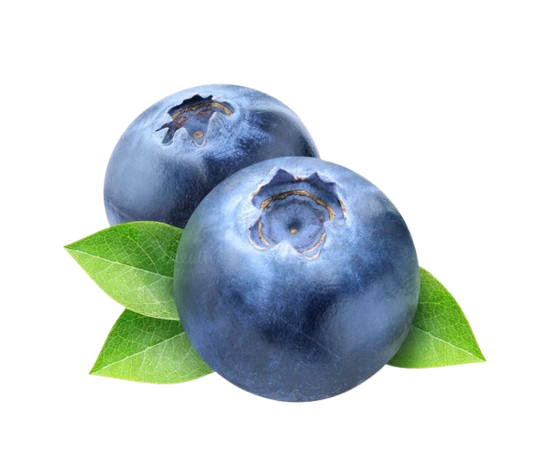



















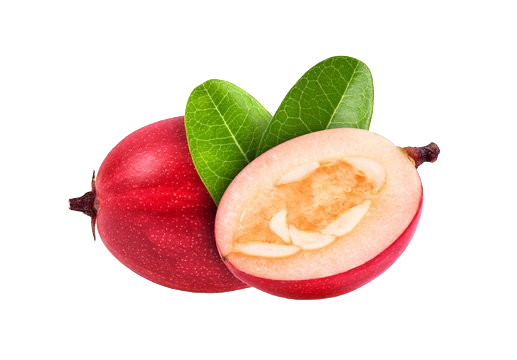


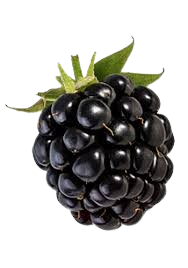


















Indigenous berries tend to have higher fiber content. Fiber aids digestion, promotes gut health and helps manage blood sugar levels. Jamun, for example, is known for its fiber content, which assists in maintaining digestive regularity.


Local berries like amla (Indian gooseberry), jamun (Indian blackberry), and karonda are rich in antioxidants, vitamins, and minerals.
Local berries like amla (Indian gooseberry), jamun (Indian blackberry), and karonda are rich in antioxidants, vitamins, and minerals.
Local berries like amla (Indian gooseberry), jamun (Indian blackberry), and karonda are rich in antioxidants, vitamins, and minerals.



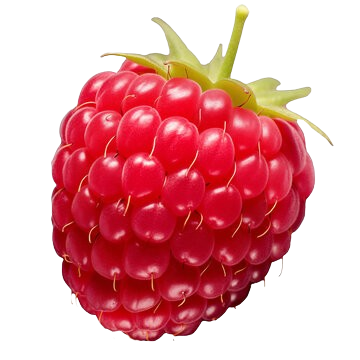









Imported Berries: Berries like blueberries and strawberries from abroad are celebrated for their antioxidant-rich profiles, containing anthocyanins and vitamin C. While they offer unique health benefits, the nutrient composition varies from that of Indian berries
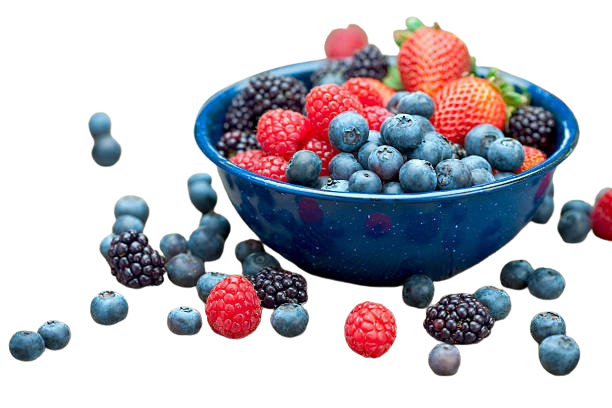
Imported berriesmay have a longer shelf life and may be available in a wider variety than berries grown in India. However, they may also have a higher likelihood of pesticide residues.
Imported berriesmay have a longer shelf life and may be available in a wider variety than berries grown in India. However, they may also have a higher likelihood of pesticide residues.